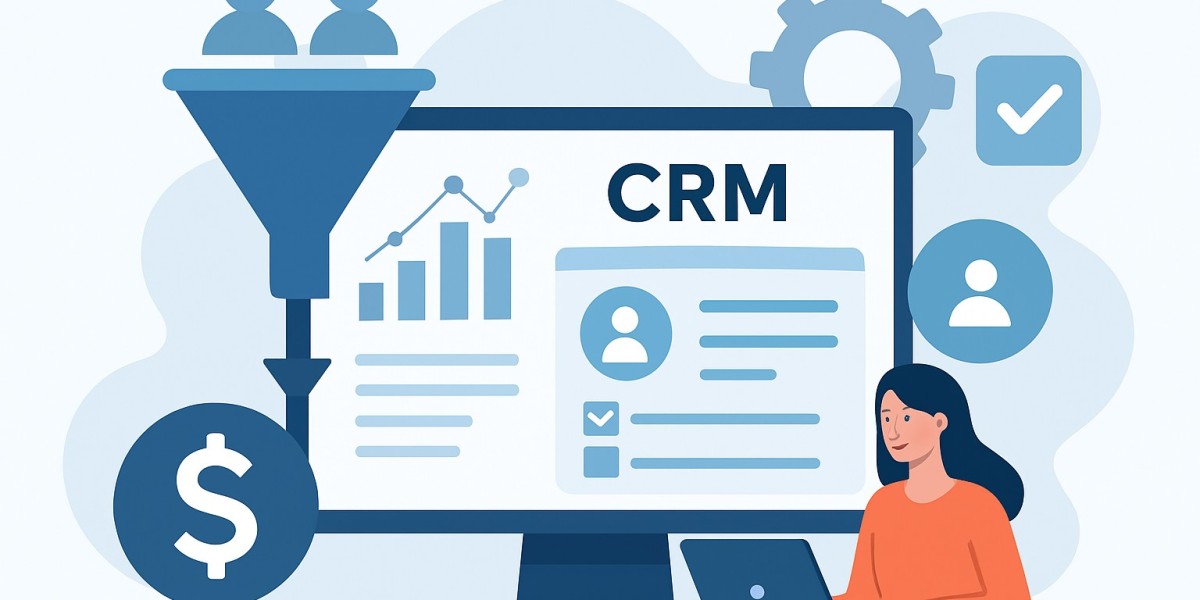Implementing a Customer Relationship Management (CRM) system can transform how your business manages customer interactions and boosts sales efficiency. However, setting up your first CRM might feel overwhelming without clear guidance. This step-by-step guide will walk you through the essential phases to launch your CRM system smoothly and effectively.
1. Understand Your Business Needs
Before diving into any CRM setup, you must clearly identify your business goals. For instance, are you aiming to improve customer service, automate sales processes, or enhance marketing campaigns? Defining your objectives helps you choose a CRM system tailored to your needs. Moreover, involving key team members during this phase ensures everyone’s priorities align.
2. Research and Choose the Right CRM Software
Next, explore CRM options that fit your budget and requirements. Many CRM providers offer various features such as contact management, email integration, sales pipeline tracking, and analytics. Compare features, pricing, ease of use, and scalability. Don’t forget to check customer reviews and request demos. By doing this, you’ll avoid costly mistakes and pick a CRM that grows with your business.
3. Prepare Your Data
After selecting your CRM, it’s time to organize your existing customer data. Clean your data by removing duplicates, correcting errors, and standardizing formats. This step is crucial because poor data quality can lead to inaccurate reporting and ineffective campaigns. Once cleaned, segment your contacts into meaningful groups such as leads, customers, and partners for better management.
4. Customize Your CRM
Most CRM platforms allow you to customize fields, workflows, and dashboards. Tailor these elements to match your sales process and team roles. For example, you can create custom fields to track industry-specific information or set up automated reminders for follow-ups. Customization not only enhances usability but also ensures the CRM supports your unique business processes.
5. Import Data into the CRM
Now, import your prepared data into the CRM system. Many platforms provide tools to upload CSV files or connect directly with other software you use. During this step, verify that all data imports correctly, and test key functionalities such as search and filtering. Proper data migration prevents future issues and maintains user trust in the system.
6. Train Your Team
Even the best CRM won’t deliver results if your team doesn’t know how to use it. Conduct training sessions to familiarize users with the system’s features and workflows. You can use webinars, tutorials, or hands-on workshops. Additionally, encourage feedback so you can address any usability issues promptly. Well-trained staff will adopt the CRM faster and use it more effectively.
7. Set Up Integrations
To maximize your CRM’s potential, connect it with other business tools such as email marketing platforms, customer support software, and accounting systems. Integrations streamline workflows by syncing data across platforms, reducing manual work, and providing a unified view of customer interactions. Be sure to test each integration thoroughly to avoid disruptions.
8. Launch and Monitor
Finally, launch your CRM system and begin using it for daily operations. At this stage, monitor how the system performs and track key performance indicators (KPIs) like lead conversion rates, sales cycle length, and customer satisfaction scores. Regularly review these metrics to identify areas for improvement. Remember, CRM implementation is an ongoing process that evolves with your business.
Conclusion
Setting up your first CRM system might seem complex, but by following these steps carefully, you can simplify the process and ensure success. First, understand your needs, then select the right software, prepare and import clean data, customize the system, train your team, integrate with other tools, and finally launch while monitoring results. With commitment and proper planning, your CRM will become a powerful asset that drives customer relationships and business growth.







